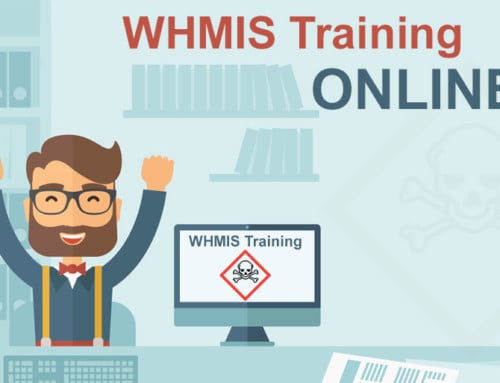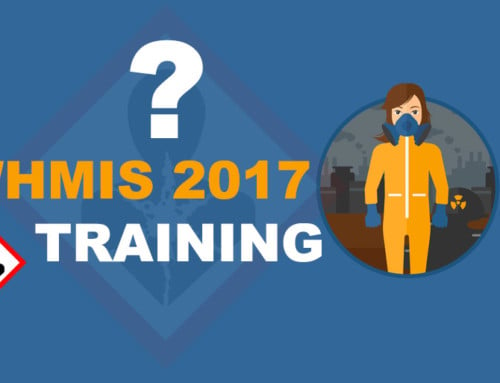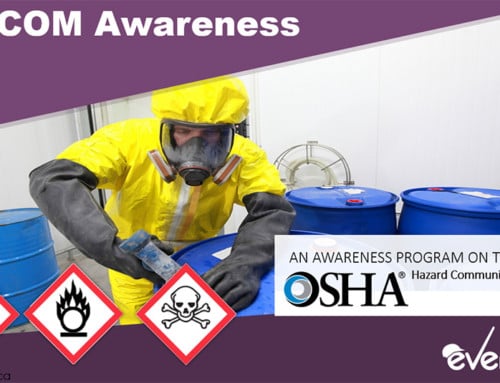What Makes Your Safety Training “High Quality”?
Regardless of the exact method you use to provide health and safety training to your workers, one thing is for certain; quality is critical. I don’t mean that in a vague, campy kind of way either – I’m talking about quality that’s quantifiable and measurable. This goes for online training, instructor-led classroom-based and even one-on-one training.
Depending on your industry, communicating a consistent safety message is difficult enough as it is, and unfortunately, often the first mention of safety training is scoffed at by workers. What sometimes follows is the all too familiar comments that include, “Do we really need this training?”, or, “More boring safety training?”, or even, “Insert witty, sarcastic comment about safety training here”.
There’s no doubt that it’s challenging to make your workers “love” safety training, it’s less challenging to engage them, and that’s the first step in the right direction.
So I think we can all agree that engagement is a factor that contributes to the quality of a training course, but what else does it take?
5 Must-Have Safety Training Elements
1. Compliant
As a safety professional or someone who’s responsibilities include facilitating safety training, you’ll understand the additional difficulties when deploying safety training programs with an associated compliance element.
While bland and often difficult to deliver in an interesting manner, any training that must meet a legislative standard must be compliant at the time of delivery. There are no exceptions.
2. Modern
I would rank modern as quite high on the list of must have’s for any training program, especially safety training. While the dramatic safety videos with the gory re-enactments from the 70’s can provide a great source of entertainment, they only contribute to trivializing safety, which is the exact opposite effect that we’re after.
If you want your workers to be more responsive to the material, it shouldn’t just include a modern look and feel, but should attempt to reference current culture in as many ways as possible.
3. Dynamic
Lecture-style safety training is straight up boring, there’s just no other way to put it. Remember, we all agree that engagement is an important factor in quality. Well, if you’re training is static, meaning that your workers don’t really have to do anything other than watch and listen, they’re most likely going to get bored.
Do you think you can get people interested in WHMIS just by lecturing them?
Your training should be interactive in some way. Your workers should have the ability to make decisions and see or experience the consequences of their decisions immediately with some kind of feedback. Learning retention increases dramatically when you experience something rather than if you just hear about it or see it.
4. Consistent
Having the right message is important and making sure it gets delivered the same way, every time is just as important. The quality of your training is not just in the content, but also how that content is delivered. This is sometimes challenging since even the best instructor can deliver some of the details a little differently from day to day and session to session.
5. Assessment
Safety training should always include a means to assess a learner’s competence and knowledge regarding the materials they’ve learned. There are many ways to implement this into the various methods of training delivery. It’s always helpful to include “knowledge checkpoints” throughout your training course leading up to a graded final quiz or exam. This helps to strengthen a learner’s ability to retain the most important content presented
Other Quality Markers
Many other factors should be considered beyond the 5 must have’s discussed above. For instance, this is the real world, so we need to consider the affordability of implementing a training course or program as well how it can impact productivity.
This doesn’t mean that if it costs money and impacts productivity it doesn’t get done. It means that circumstances to your specific workplace should be considered in order to implement the most affordable, highest value training solution that will have the least amount of disruption to productivity.
Many people think that providing adequate training to their workers means that they have to take a hit on operations – that’s simply not true. There are plenty solutions that help to eliminate or significantly reduce any potential disruptions while meeting your obligation to provide safety training.
Finally, media-based training such as video, power point presentations and online training should be intuitive, visually pleasing and have extremely high production value, especially audio. It’s much easier to watch a poor quality video with high-quality audio than the other way around but you should strive to have both.
How Does Eversafe Stack up?
Eversafe Media’s courses answer all of the must haves and the additional quality markers that I mentioned. With Eversafe, not only can you be confident that you’re delivering a high quality, compliant and consistent message to your workforce, but it’s done in a modern, interactive way.
Every course concludes with a track-able, graded final assessment (exam) that provides instant feedback to learners as they submit their answers. Training Facilitators have the ability to view detailed exam results including performance, duration and even answers to specific questions.
Regardless of what training method you use, ensuring that that it meets sufficient quality standards will ensure that you engage your employees, stay compliant and ultimately reduce workplace injuries.






